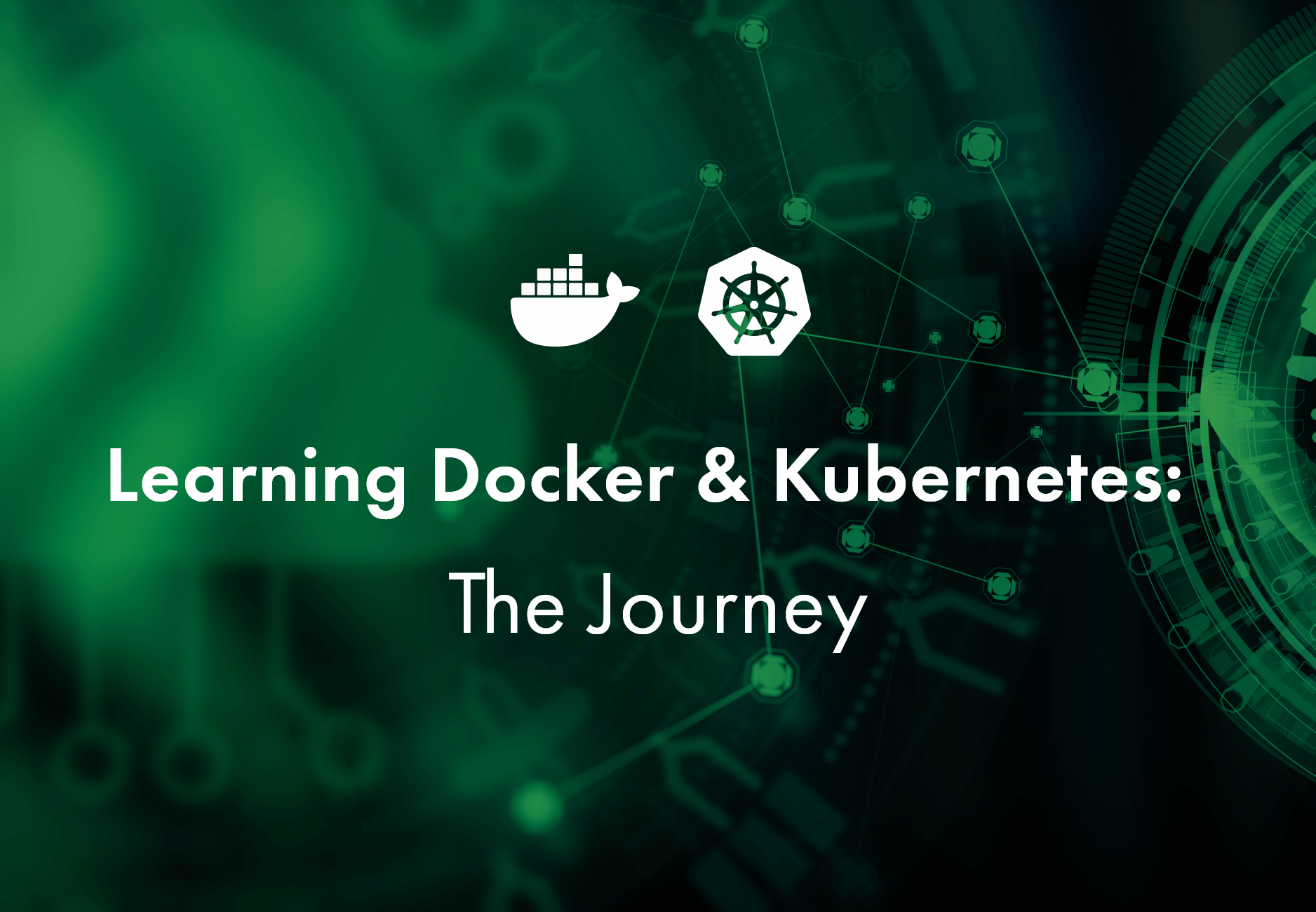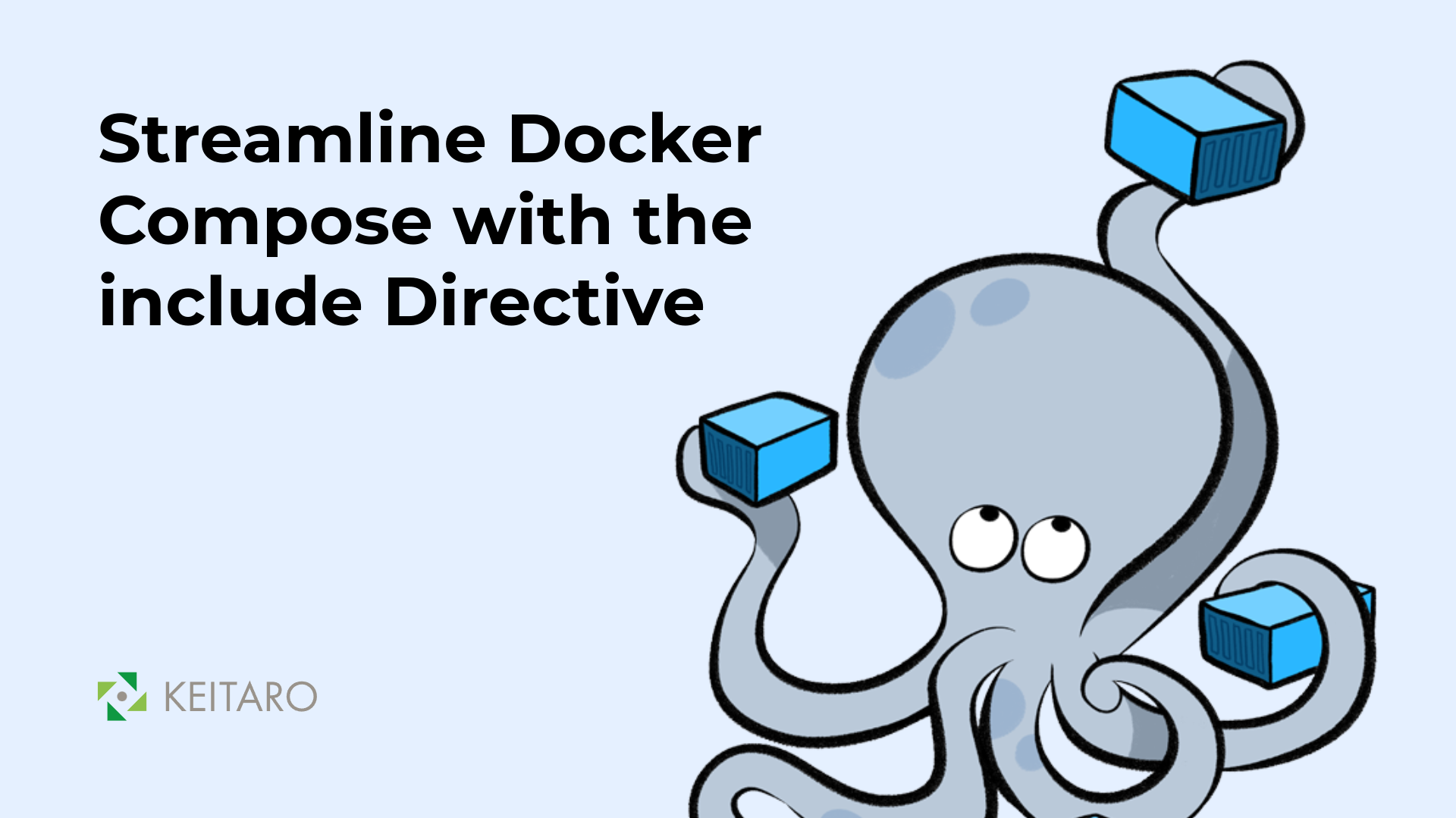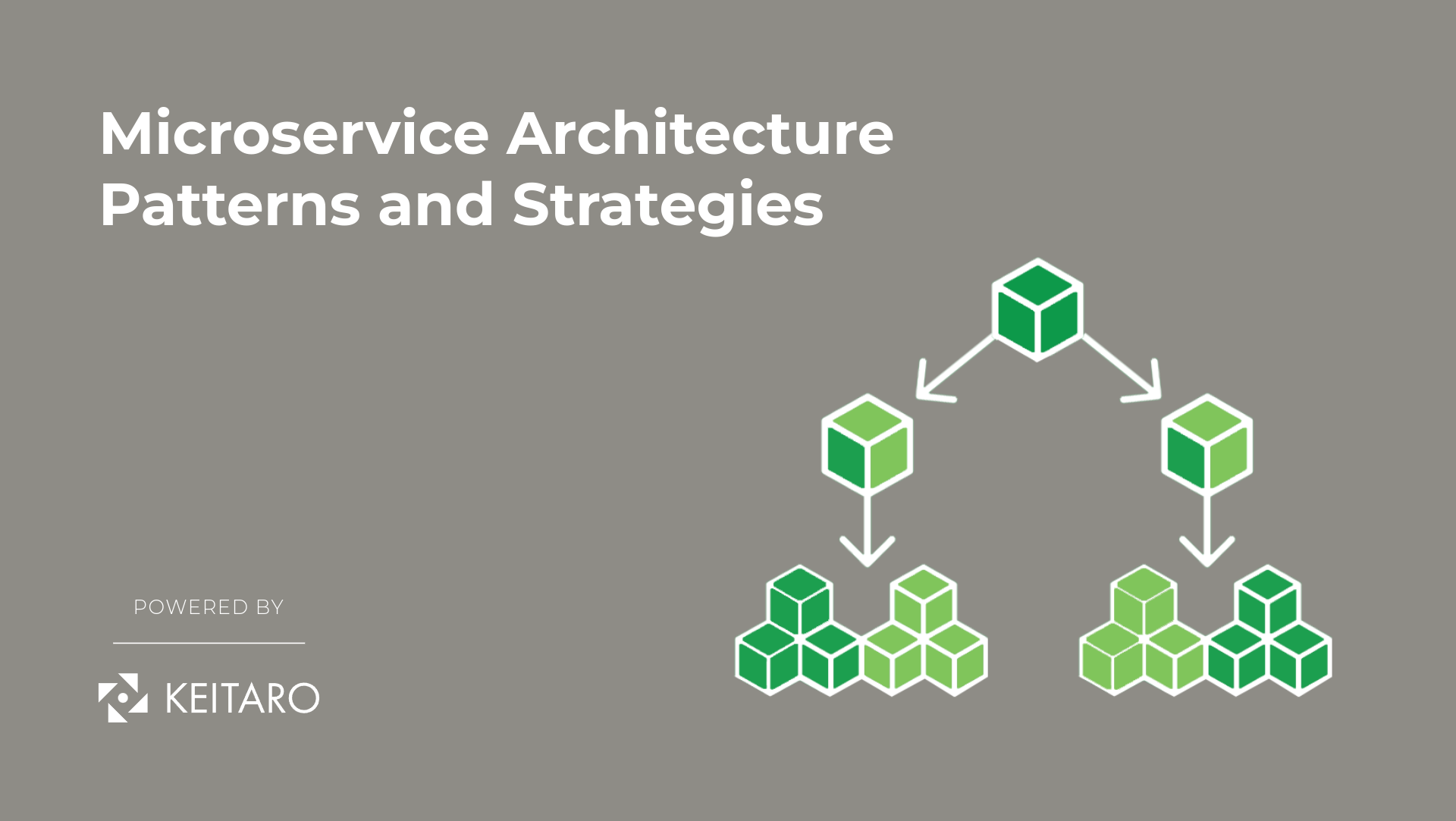Earlier this year we launched Keitaro training, a platform where individuals and teams can learn next-gen technologies from experienced professionals.
Keitaro training courses are designed to support organizations in improving their expertise and knowledge in a variety of fields, including open-source technologies, cloud computing, DevOps practices, data management.
The first course we published is Docker and Kubernetes, and in this interview, we present to you Igor Stojanoski, one of our students on this course who successfully completed it and got certification in October 2021.
At the start of this conversation, please tell us something about yourself.
My name is Igor Stojanoski and I have been working as a network administrator/designer, Linux administrator, DevOps Engineer and responsible for the entire Server Room on-premises. Been working on several different projects that required me to work on different technology and cloud providers like AWS (deployment using Cloud Formation Scripts) and Azure (with infrastructure as code using Terraform templates)
- How did you learn about our course?
I’ve followed Keitaro in the past year and while researching for a good course about Docker and Kubernetes I found out that you offer training.
- Why did you decide to learn about Docker & Kubernetes?
Mainly because at the company that I work in, we use these services, but we are not managing directly. When the time comes to use them directly, I want to be prepared. And I never had a problem extending and going out of my comfort zone.
- What did you learn from the course?
I learned how to install, deploy, port forwarding, network configuration, checking and listing status of pods, and learned new tools which will come in handy in the future.
- Are you ready to work with Docker & Kubernetes on real projects after completing the course?
Yes, I feel confident that I can work on a real project and if something is not clear I can always re-watch the course.
- What are the top things that you liked from this course?
The presenter knows his job and he makes the course interesting to follow. I also like that he explained some tools which are good to use.
- Who would you recommend this course to?
To any friend or colleague from the industry who wants to learn about Docker and Kubernetes and use them on real projects.
- What is your next professional challenge?
I plan to start learning Azure DevOps, Terraform and implementing Docker & Kubernetes services in my day-to-day activities.
- Would you choose Keitaro again for your training needs?
Yes, If they offer the courses which I need to learn in future.
We would like to thank Igor for dedicating his time and showing interest in learning from our experienced team. Once again congratulations on your successful completion of the course!
About the course
In this course, our students learn how to build, compose, deploy and manage Docker containers with Kubernetes, to understand the purpose and theory of Kubernetes, and how to run and manage your containerized applications.
If you are already questioning yourself about what a container is and how it works, be ready for a deep dive on how containers work, so you have a solid understanding of how they are implemented. After you understand what a container is, you’ll learn how to use Docker commands and how to interact with them. Following that, you’ll learn about Kubernetes, a production-grade system for managing complex applications with multiple running containers, in a distributed fashion. You will learn the basic and advanced concepts of Kubernetes and its administration.
Already interested in Docker and Kubernetes? Contact us for more information about this course or share your experience with next-gen technologies in the comments below.



